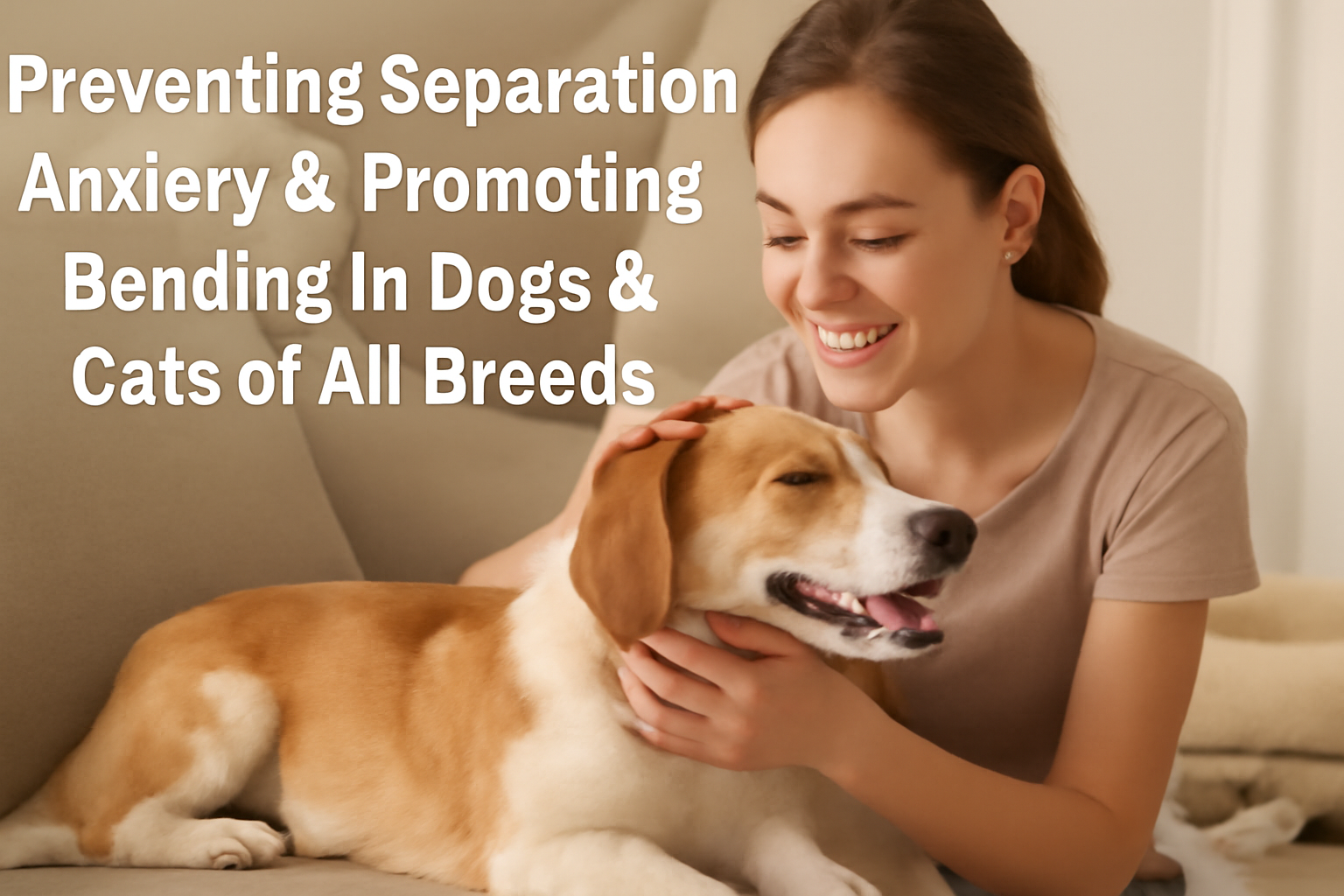Maintaining your pet’s hygiene goes beyond mere aesthetics; it plays a crucial role in their health, comfort, and lifespan. Despite its significance, we occasionally make errors that could negatively affect our furry companions. This guide outlines prevalent grooming mistakes and offers advice to ensure your pet receives optimal care, promoting their well-being and enhancing your relationship.
The Importance of Hygiene
Maintaining cleanliness is vital for preventing health complications. A consistent hygiene routine helps avert parasites that can lead to diseases and promotes skin care, significantly improving the quality of life. Understanding common missteps can enable owners to provide better care for their pets.
Common Grooming Mistakes and How to Prevent Them:
Using Human Products
- Error: Employing shampoos, conditioners, or soaps formulated for humans on pets.
- Consequences: Human products may have different pH levels and ingredients that irritate an animal’s skin, deplete essential oils, and provoke dryness, itching, or allergic reactions.
- Recommendation: Always opt for products specifically designed for dogs or cats. These are crafted to be gentle while maintaining the health of the skin and coat.
Over-Bathing or Insufficient Bathing
- Error: Bathing too often or not frequently enough.
- Consequences: Excessive bathing can dry out the skin and fur, while infrequent bathing may result in matted hair, skin infections, or excessive oiliness.
- Recommendation: The frequency of baths should be tailored based on the pet’s breed, coat type, and lifestyle. Typically, dogs require baths every 2–8 weeks; most cats usually need bathing only when particularly dirty. Consult your veterinarian for guidance specific to your pet.
Neglecting Brushing
- Error: Failing to brush your pet regularly, especially if they have long fur.
- Consequences: Neglecting brushing can lead to tangled and matted fur which may cause discomfort, conceal harmful parasites, and result in skin problems.
- Recommendation: Brush your pet on a regular basis. Short-haired pets generally need brushing once or twice a week; long-haired pets may require daily grooming.
Improper Nail Trimming
- Error: Cutting nails too short or allowing them to grow excessively long.
- Consequences: Cutting into sensitive areas of the nail can lead to pain and bleeding; overly long nails can create discomfort and hinder mobility.
- Recommendation: Trim nails every 3–4 weeks while learning how to identify sensitive areas. Seek professional assistance if you’re uncertain.
Ignoring Ear Care
- Error: Overlooking ear inspection and cleaning.
- Consequences: Ears can accumulate dirt and wax buildup, which might result in infections.
- Recommendation: Check ears weekly and clean them every 2–4 weeks as necessary.
Disregarding Dental Health
- Error: Failing to attend to your pet’s oral hygiene.
- Consequences: Poor dental care can cause oral diseases that may lead to heart and kidney issues over time.
- Recommendation: Brush your pet’s teeth 2–3 times per week; provide dental treats or toys that aid in cleaning their teeth.
Creating a Stressful Atmosphere
- Error: Attempting grooming with an anxious pet.
- Consequences: This approach may heighten resistance from the animal, leading to behavioral challenges.
- Recommendation: Gradually acclimate your pet to grooming through calm interactions using positive reinforcement techniques.
Failing to Check for Lumps or Bumps
- Error: Skipping thorough body checks during grooming sessions.
- Consequences: Grooming provides an opportunity for early detection of potential health concerns.
- Recommendation: Conduct a full-body examination while grooming; consult a veterinarian if you discover anything unusual.
Making Grooming a Bonding Activity
By steering clear of these frequent errors and providing proper care for your pet, grooming can transform into an enjoyable experience. Regularly engaging in gentle grooming not only maintains your pet’s health but also strengthens the bond between you both.
